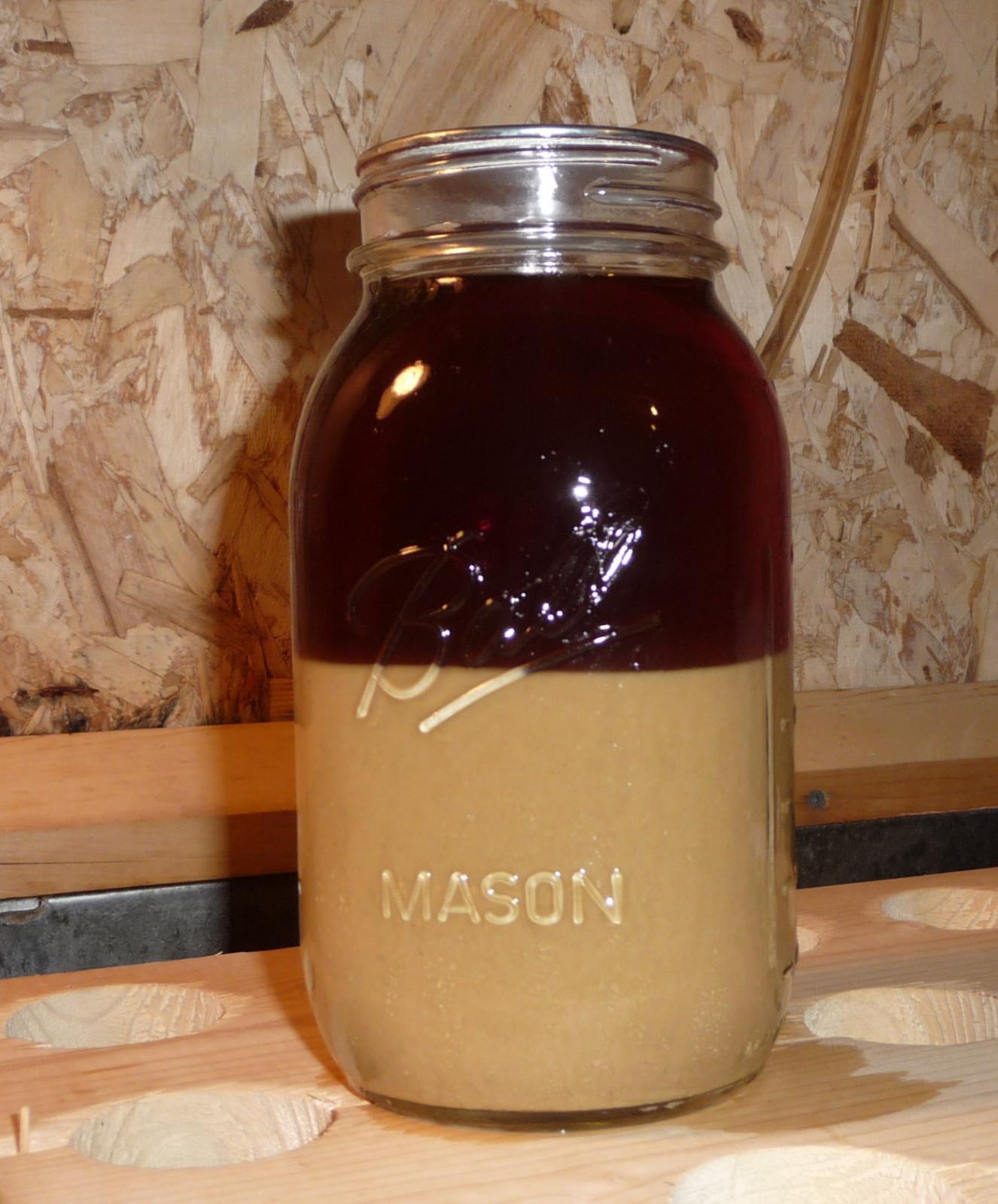For my last brew I used omega oyl-052 yeast.
I decided to attempt to wash, save and reuse On y next brew day.
After dumping boiling water (which had cooled), I poured off the upper later of liquid from the carboy.
I poured the liquid into 2 mason jars.
Now that the mason jars have been in the fridge the yeast has settled.
My questions are:
Can I consolidate the jars into 1 smaller jar?
If not, can I combine in to 1 of the large jars?
Is it advisable to move the yeast once it has settled, or just leave it alone?
Is the amount of yeast at the bottom of the jar (pictured below) normal? Doesn't seem like a lot!
View attachment ImageUploadedByHome Brew1471223112.594487.jpgView attachment ImageUploadedByHome Brew1471223148.287354.jpgView attachment ImageUploadedByHome Brew1471223170.062680.jpg
I decided to attempt to wash, save and reuse On y next brew day.
After dumping boiling water (which had cooled), I poured off the upper later of liquid from the carboy.
I poured the liquid into 2 mason jars.
Now that the mason jars have been in the fridge the yeast has settled.
My questions are:
Can I consolidate the jars into 1 smaller jar?
If not, can I combine in to 1 of the large jars?
Is it advisable to move the yeast once it has settled, or just leave it alone?
Is the amount of yeast at the bottom of the jar (pictured below) normal? Doesn't seem like a lot!
View attachment ImageUploadedByHome Brew1471223112.594487.jpgView attachment ImageUploadedByHome Brew1471223148.287354.jpgView attachment ImageUploadedByHome Brew1471223170.062680.jpg












![Craft A Brew - Safale BE-256 Yeast - Fermentis - Belgian Ale Dry Yeast - For Belgian & Strong Ales - Ingredients for Home Brewing - Beer Making Supplies - [3 Pack]](https://m.media-amazon.com/images/I/51bcKEwQmWL._SL500_.jpg)














































![IMG_5898[1].jpg IMG_5898[1].jpg](https://cdn.homebrewtalk.com/data/attachments/313/313512-dc24acae5b9cbd60de9de340ef6cb044.jpg)
